Go-Kart racing or “Karting” is growing increasingly popular across the United States, with more and more racing events dotting the map from coast-to-coast. But if you’ve got images in your head of rickety, shaky Go-Karts bumping through a cobbled together track on some back lot somewhere, you’re in for a big surprise.
Karting is a serious endeavor, and counts Danica Patrick, Juan Pablo Montoya, and a host of other top-tier race drivers among its alumni roster. In fact, Karting is essentially a feeder system for a lot of professional motorsports organizations. (But plenty of drivers simply race recreationally too.)
To get the inside scoop on Karting, we sat down with Kevin Williams, President of the World Karting Association—the premier organization for Go-Kart racing.
You can hear the entire interview with Kevin Williams in a standalone podcast episode too.
How Karting Began (& Why It’s Spelled with a “K”)
“A little over 60 years ago, a couple of car guys got together, and built Go-Karts” Williams says, “and they spelled ’em K-A-R-T-S.” The “K” stuck and it’s been Karting ever since.
He goes on to describe how those early Karters raced on makeshift tracks inside the Rose Bowl parking lot in Pasadena, California. From there, Karting expanded further down southern California, as well as northward, before sweeping the rest of the United States. Now Karting is a worldwide phenomenon, and Williams fields emails coming in from all over the globe.
“Even though Karting is real big in Europe,” Williams explains, “they still credit its start back to those early days in California.”
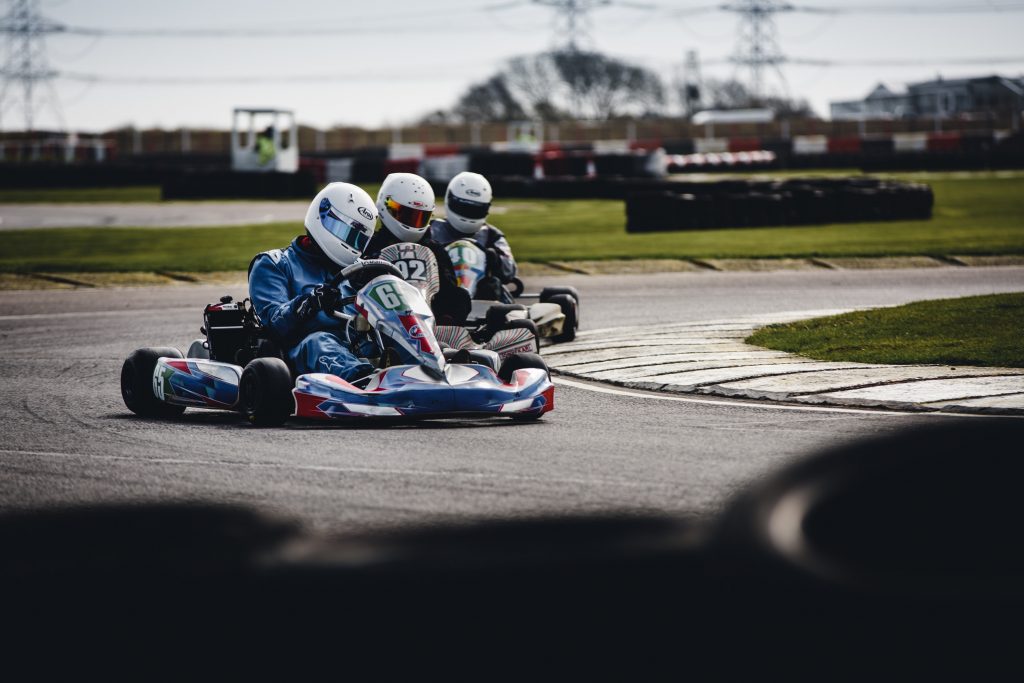
Karting has Something for Everyone
Perhaps what’s so appealing about Karting is that it’s tiered so that everyone has an opportunity to participate. Williams says that Karting allows kids to race as early as five years old, and their are age tiers that extend up from there. There’s even an educational STEM component done through a partnership with Purdue University that allows high school and college students to compete with electric Karts.
But perhaps more important than age levels and class tiers, are the types of racing and tracks that Karting offers.
“The World Karting Association is the only organization in the world that has a place for every type of Kart racing,” Williams says.
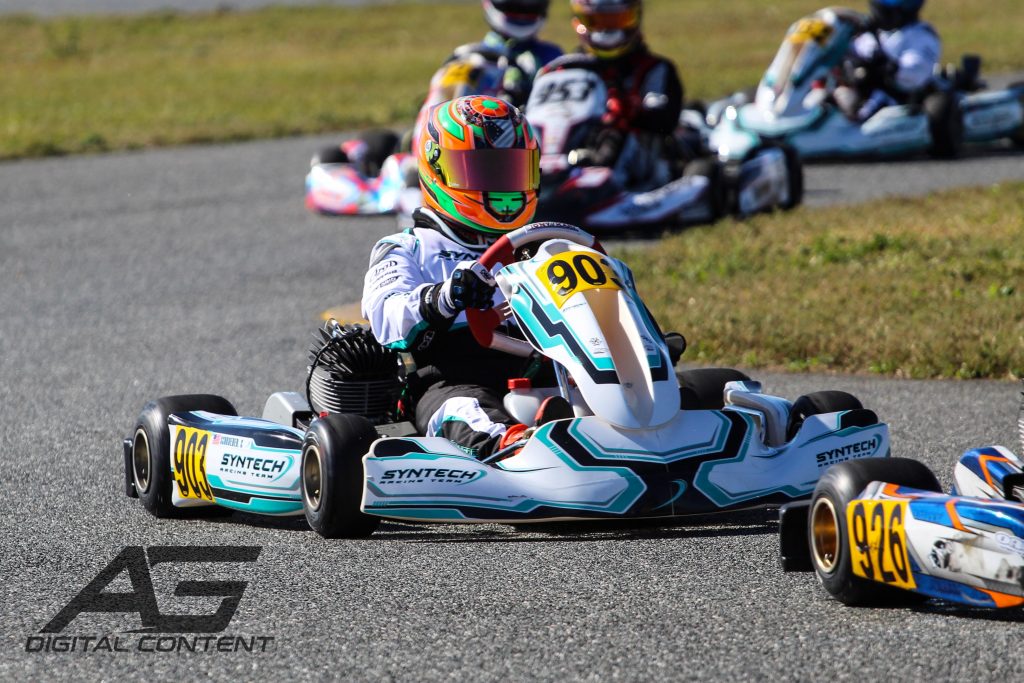
For starters, you can race a sit-up-style Kart on what is called a Sprint Track. And that’s what most people think of when they envision Go-Kart racing (like a mini road course).
But Karting offers plenty more racing opportunities. In fact, Williams says the World Karting Association puts Go-Karts on real race courses—including the 2.5-mile Daytona Super Speedway.
For these longer endurance courses, Williams describes Enduro Karts that require you to lay down and watch the track through your feet (with your head inches above the tarmac). “It’s really interesting,” he says. “They’re 35 to 45 minute races and it’s more about strategy, similar to an IMSA-style endurance race.”
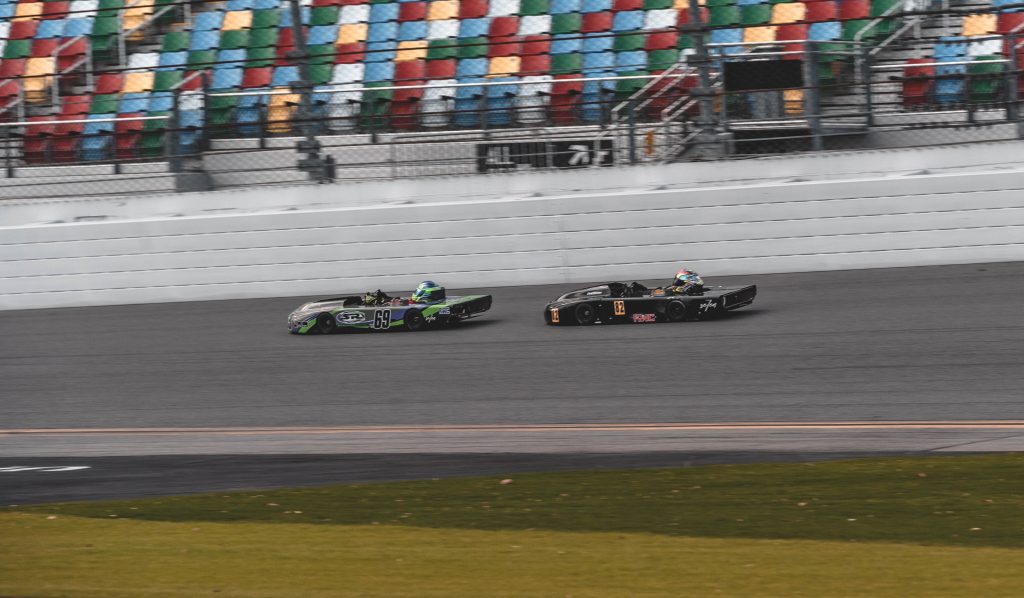
Williams also tells us that oval track Kart racing is really, really popular too—especially on dirt. Yep, the World Karting Association even offers dirt track Kart racing. And those Karts are often built to perform similar to full size circle track cars. Williams says that a lot of NASCAR hopefuls get their start in dirt track Kart racing.
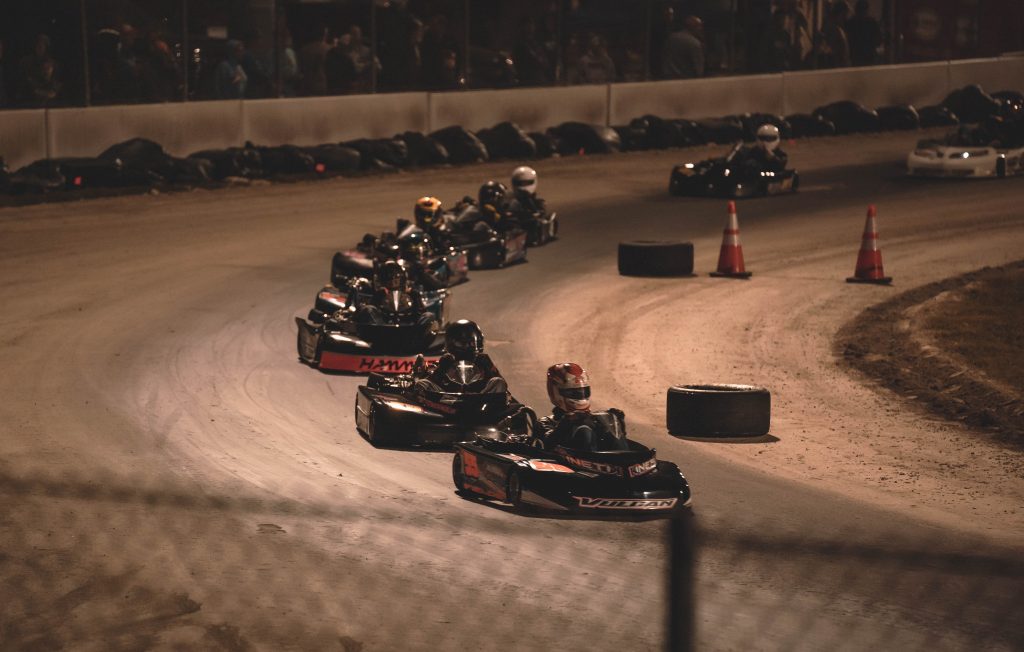
How to Get Started in Kart Racing
Williams makes it clear that it’s relatively easy to dip your toe in the Karting waters. His first recommendation is to visit the Get Started link at WorldKarting.com. He says it’ll lead you to some local tracks and events, and help you understand how the classes and tiers break down. Williams also stresses that you don’t need much prior automotive knowledge to jump in a Kart (though you’ll learn it soon enough, he hints).
In terms of expense, Williams explains that Karting is scalable. Many local tracks and schools have rental equipment and you can decide your own path, racing locally, regionally, or even internationally as your interest (and wallet) dictates.
He also says that automotive parts retailers like Summit Racing carry most everything (including Briggs & Stratton crate engines) you’ll need from a parts standpoint, save for the Go-Kart chassis—and you can visit World Karting’s Sponsors page for those vendors.
Better still, the Karting community and related businesses are very welcoming to new folks interested in getting started. And it’s that camaraderie that Williams says is one of the biggest ancillary benefits of Karting.
“The value of Karting is really more than just racing,” Williams beams. “You learn a lot of valuable life skills. It’s in the relationships you build, the life-long lessons.”
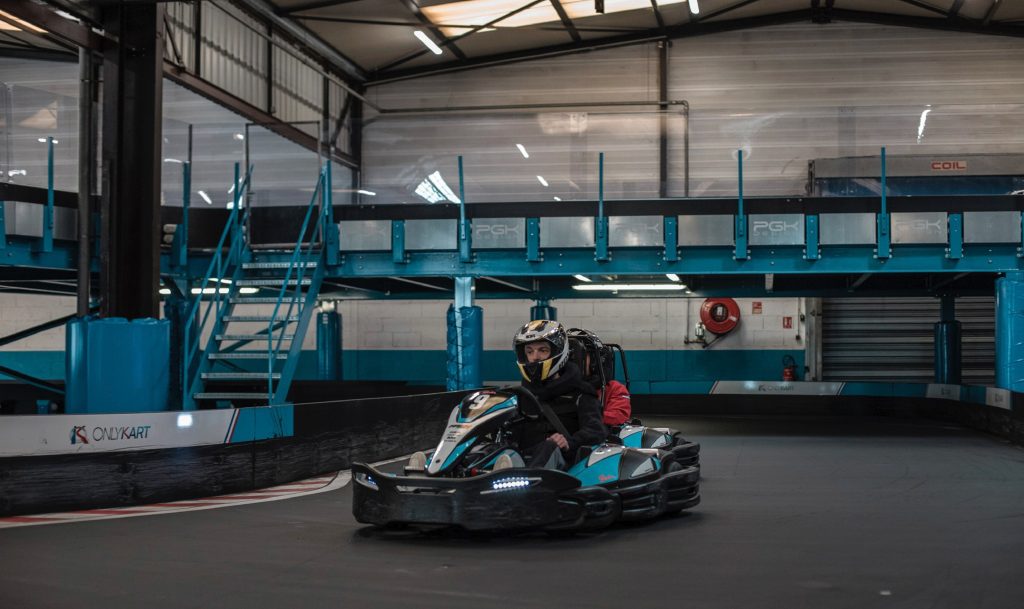

Comments